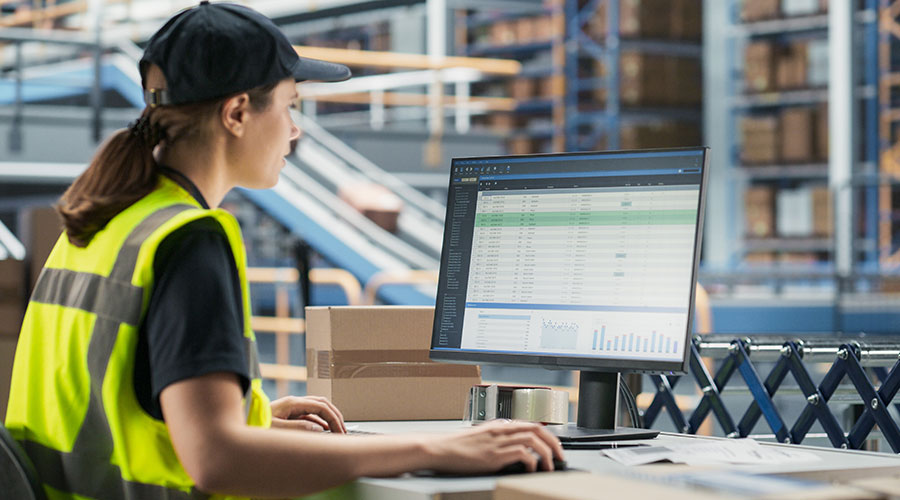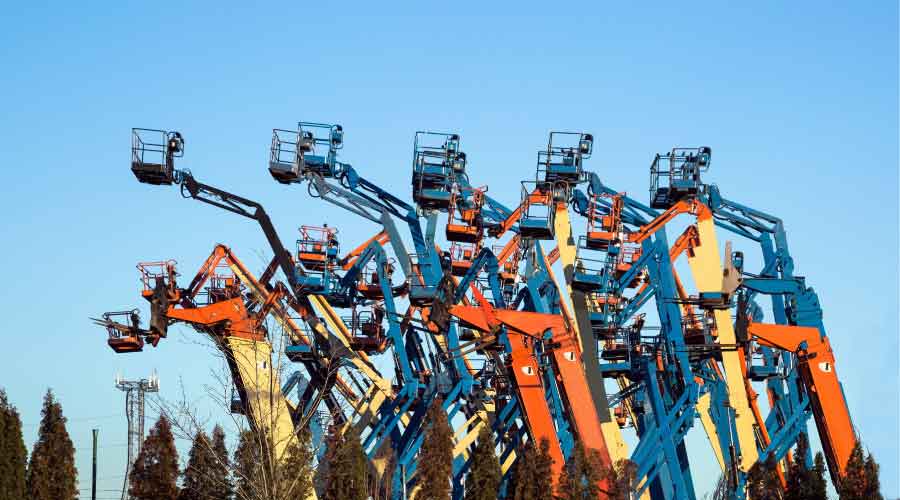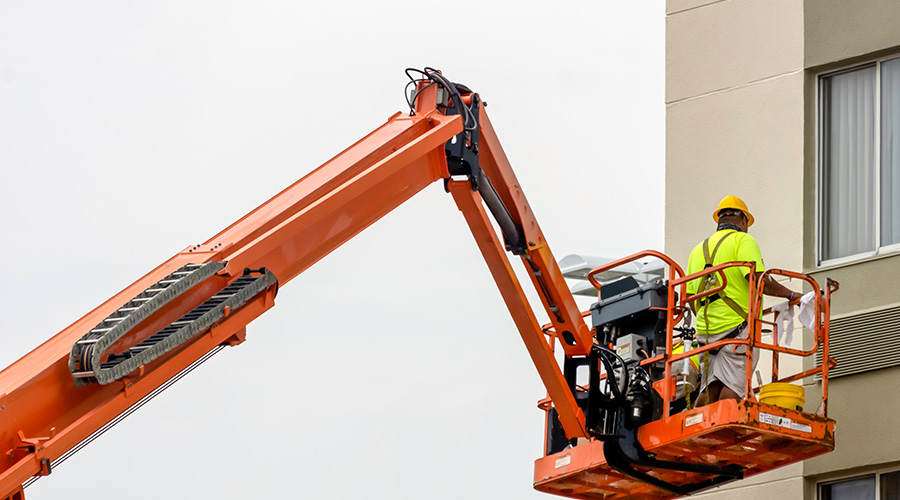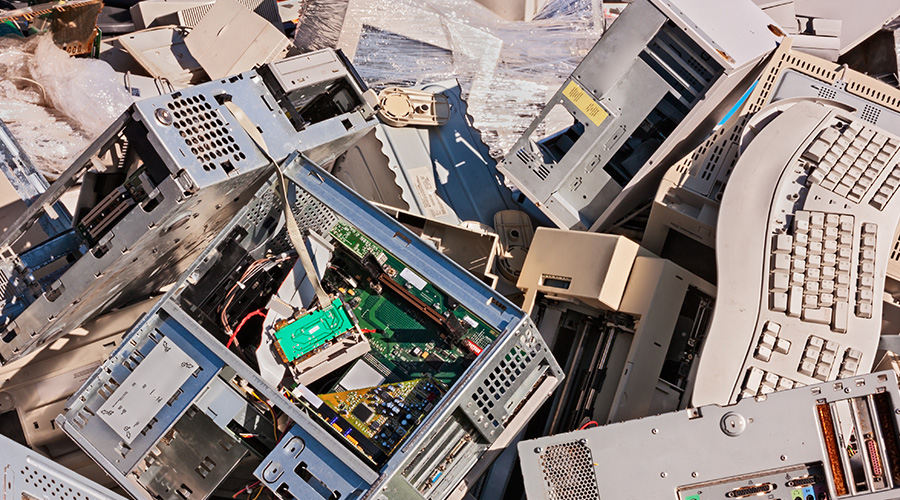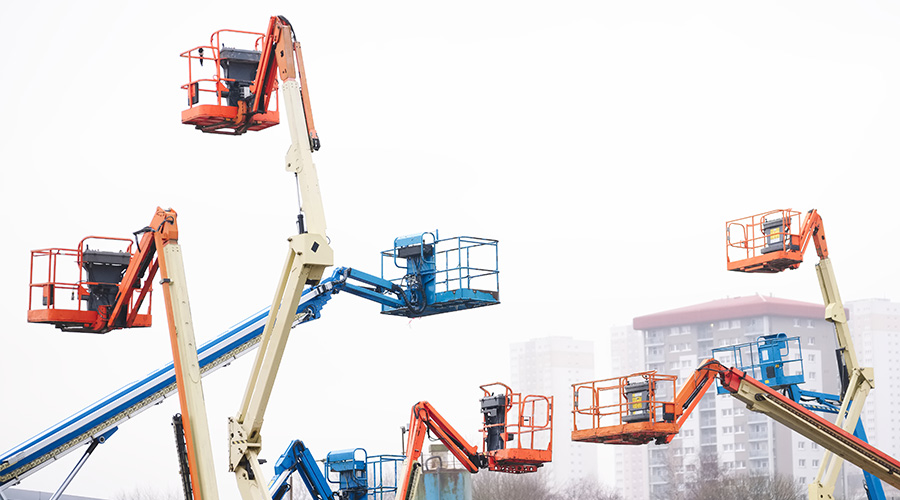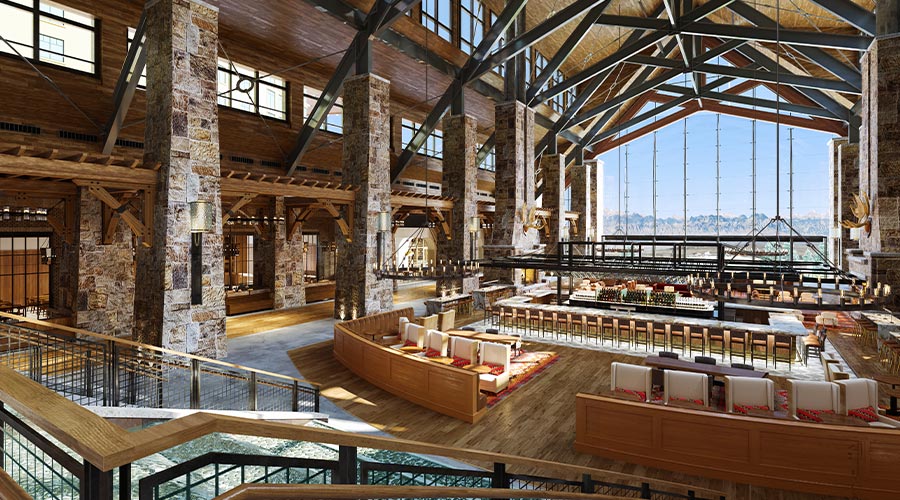Planning Ahead: How to Make Equipment Rentals Work in an Emergency
Advance agreements, contingency plans, and proper training help ensure a smooth, safe response when the unexpected strikes.
When emergencies hit, the last thing facilities managers want to do is scramble for critical equipment. Securing rental equipment under pressure can be difficult, especially during peak demand periods. That’s why proactive planning is key.
In this manufacturer roundtable, Facility Maintenance Decisions spoke with industry experts about how facilities teams can prepare in advance by forming relationships with rental providers, setting up standby agreements and identifying equipment needs before disaster strikes.
FMD: What arrangements should managers make in advance to ensure rental equipment is available in an emergency?
“To ensure equipment is available in an emergency, managers should establish a relationship with a reliable rental provider and discuss response times, inventory, and support. Including any needs in the facility’s emergency plan is essential, with clearly defined scenarios and required equipment. Managers should pre-assess critical areas to determine the necessary capacity, power sources and space requirements. Setting up pre-negotiated agreements or standby contracts with rental companies can also help secure priority access and fast delivery when time is critical.”
— Jerry Stoll, general manager, Carrier Rentals and Spot Coolers
“Preparation is key when it comes to securing rental equipment during an emergency. Facility maintenance managers should work proactively with a trusted equipment rental provider to develop a contingency plan. These plans typically outline the specific types, sizes and quantities of equipment that may be needed during an emergency. It also includes pre-negotiated pricing to guarantee availability during high-demand periods like the hurricane season.
Managers should also consider establishing a standby rental agreement. This ensures that critical equipment, such as generators, is stored onsite or staged nearby for rapid deployment.
By proactively taking these steps, facility maintenance managers can significantly reduce response time and ensure operations don’t halt when unexpected events occur.”
— Brant Williams, vice president of sales, remediation, restoration and maintenance, Sunbelt Rentals
FMD: What are the training and safety considerations related to equipment rental?
“Training and safety are critical when using rented equipment. Staff should be trained in proper setup, operation and shutdown of equipment, including understanding power and ventilation requirements. Electrical safety is essential, and only qualified personnel should handle equipment requiring high-voltage connections. Trip hazards from cords, ducts or hoses must be managed, and units should be positioned to avoid blocking exits or airflow. Regular inspections and clear emergency procedures help maintain safe operation throughout the rental period.”
— Jerry Stoll, general manager, Carrier Rentals and Spot Coolers
“Safety and training are critical when utilizing rental equipment. Operators must be properly trained and certified, especially for regulated equipment such as MEWPs. Trusted rental partners often offer training services, including online courses and hands-on sessions, to support customer safety. These resources help ensure safe, compliant operation and reduce the risk of accidents and downtime.”
— Brant Williams, vice president of sales, remediation, restoration and maintenance, Sunbelt Rentals
Jeff Wardon, Jr., is the assistant editor of the facilities market.
Related Topics:







